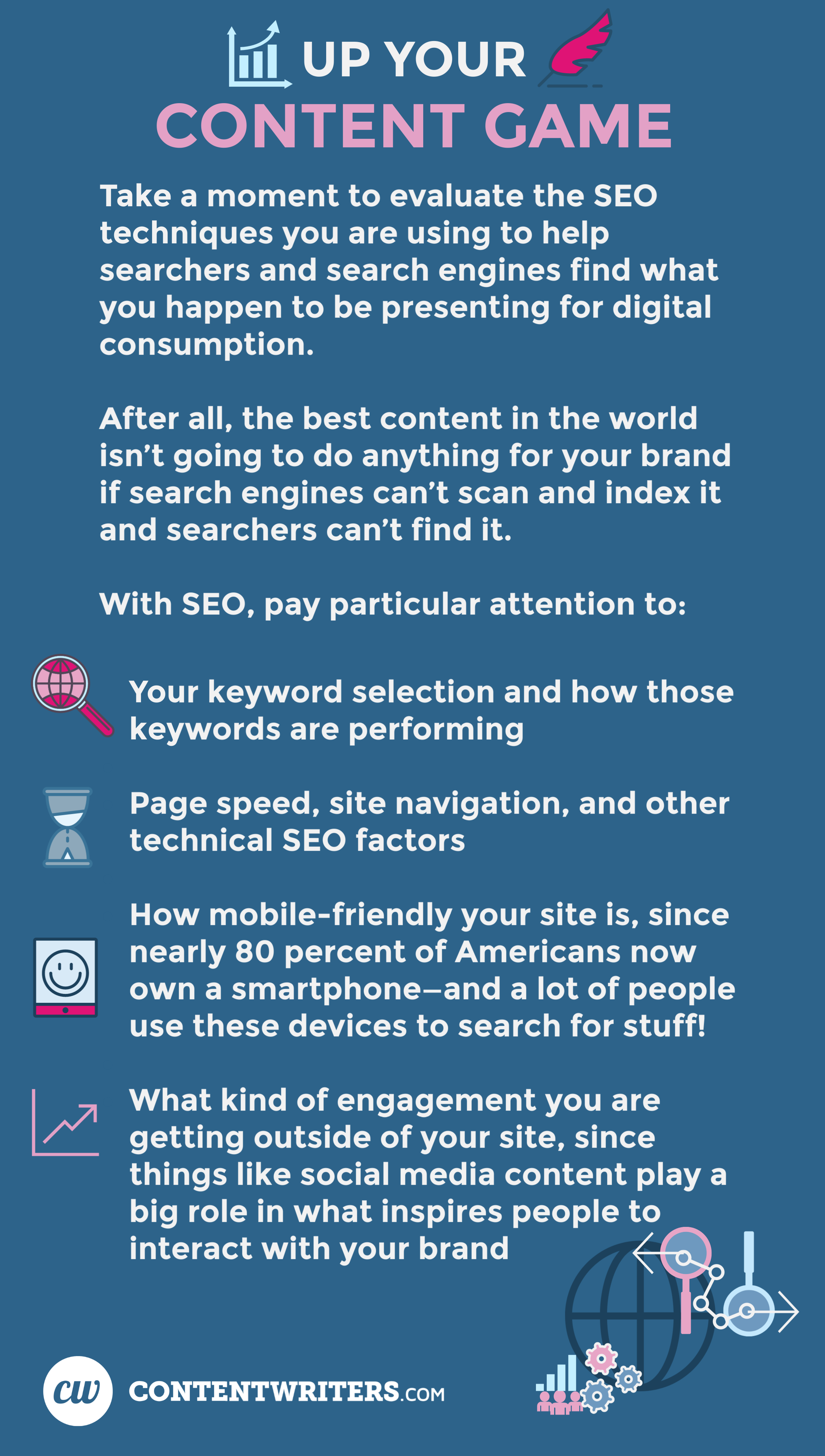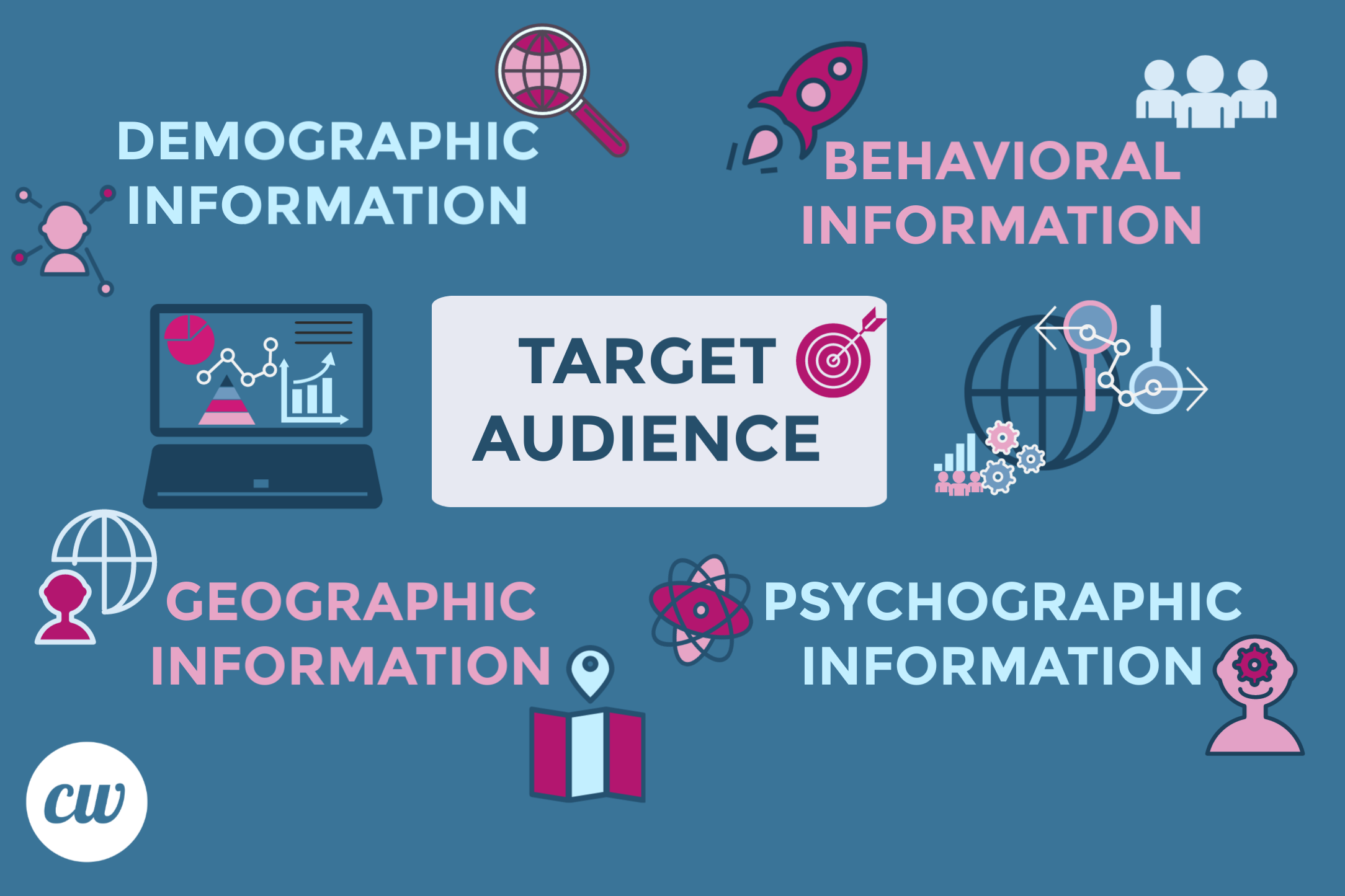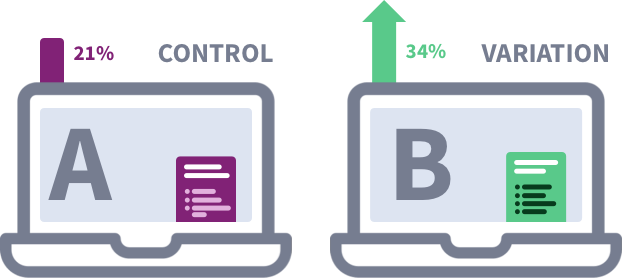
Digital Marketing SOS: 5 Ways to Fix a Weak Digital Marketing Strategy
A State of Marketing report from 2016 (based on input from nearly 4,000 marketing leaders) predicted that marketing executives would be spending about 75 percent of their total marketing budget on digital efforts rather than traditional marketing methods by 2021. It looks like we’re already well on our way to becoming a truly digital world as more consumers find ways to stay connected digitally to the brands they prefer.
In a perfect world, the strategy you have in place to stay connected to your target audience in today’s digital world would produce the desired results indefinitely. You would then be able to enjoy an abundance of website visits, conversions, brand awareness, and the many other rewards associated with a solid, well-performing digital marketing strategy without a care in the world.
In reality, however, digital marketing endeavors, even ones that initially exceeded your expectations, can lose steam over time for many different reasons. These could include a simple failure to make any updates or adjustments as technology and consumer preferences change. Ultimately, a floundering digital marketing strategy can derail your online visibility and kick you right in your bottom line!
But there is light at the end of this particular tunnel. Below, you’ll find five specific ways you can fix an ailing digital marketing strategy that needs some attention ASAP.
1. Up Your Content Game
The first thing to focus on with an ailing digital marketing strategy is your content. Dive into your stats and look at what’s being viewed, what’s encouraging sharing, and what’s getting searchers to interact more with your brand.
The second step in the content assessment process is to determine whether your content is still useful to your target audience. Tools like Answer the Public can help you learn what kind of questions searchers are asking in relation to what you have to offer. If your content is not providing those answers, it’s time to make some adjustments.

Next, look at whether or not some of the more popular types of content are right for your brand if you haven’t yet considered them. For instance, your audience may respond better to a mix of content that includes:
- E-books, white papers, or PDF files work best when more in-depth content is preferred
- Video content, since this is what generates the most interest from online searchers today
- How-to/instructional content to better respond to common search questions related to your business, products, or services
- Listicles or infographics to make your most compelling facts and figures easier to digest
Also, look at how you’re distributing your content. Are you using too much of your top-notch content in your blog posts? Is your website overloaded with so much content that visitors are overwhelmed? Are you leaving your social media followers wanting more?
Preferably, you’ll distribute a combination of mostly original content and some curated content to supplement what you are producing to satisfy your target audience’s craving for content that’s relevant to them. A well-rounded digital marketing strategy is especially essential today because of the many ways in which people can access what you present, so your website no longer has to be the place where you present most of your content.

Wrap up your content assessment by fixing anything that’s not working SEO-wise with your content. A good way to really assess how your SEO efforts are affecting your content (and, in turn, your digital marketing strategy) is to do a full SEO audit. Luckily, there are convenient tools you can use to make this task easier.
The results from an SEO audit will tell you a lot about your content and give you a better idea of whether or not you are on the mark. Just remember to use proper redirects if you end up redoing webpages entirely to correct content issues.
2. Determine Whether You’re Still Targeting the Right Audience

Has your brand evolved over the years to include a more specific niche? Have you expanded into other markets in recent years? If the answer to either of these questions is “yes,” this may be part of why your digital marketing strategy is no longer working.
Even if you haven’t done all that much tinkering with your brand, the audience interested in what you have to offer may no longer be the same. Zero in on the keywords you’re using to target your preferred searchers to find out if this may be the case.
Google’s Keyword Tool is an excellent free audience/market research tool available to see what kind of activity is associated with the keywords you are currently using to attract attention online. You can also get to know your target audience better with:
- Email surveys/questionnaires
- An updated customer persona based on your most recent customer data
- A review of social media comments and responses (your followers will definitely let you know if you’re actually reaching out to them effectively!)
3. Embrace A/B Testing

If you are going to tinker with things like your email subject lines, landing page content, and other elements of your digital marketing strategy, you don’t want to take a “let’s just see what happens” approach to finding a strategy that works. Instead, do A/B testing to find out what your intended audience really prefers.
Also known as split or bucket testing, A/B testing simply means you’ll present two different versions of the same thing and measure the results you get.
So, let’s say one of the weak points with your digital strategy is your paid ads, but you’re not sure exactly what it is about your paid ad content that’s not hitting the nail on the head. You could then do A/B tests with your paid ad headlines, ad content, and landing page content to identify the main problem. If you see the most improvement with new-and-improved ad headlines, for instance, assume that’s the issue you need to focus on most.
A/B testing can be applied to all aspects of your digital marketing strategy, including your email campaigns, social media posts, and meta descriptions. You can even A/B test the keywords you use in your URLs and images you include with your content.
4. ‘Spy’ on Your Competitors
Your competitors are already going after the same audience, so why not find out just how they’re doing this and how well it’s working? There are plenty of competitor analysis tools you can use to gather useful info about your direct competitors.
Just make sure you are analyzing “true” competitors. If you run a small, local business, for instance, your competitors would be other businesses offering similar products in the same geographic area. However, bigger brands like Walmart aren’t worth competing against. Why? The main reason is that your marketing goals are likely very different. Even if a big retailer happens to carry some of the same items you do, the customers who tend to prefer local businesses already know this and have opted to go a different route.

As for the results you get from your competitor analysis, you don’t want to just copy strategies that are working for them. Instead, pay attention to the building blocks of their strategies. If you can, look at how several different successful competitors are mixing things up with their direct marketing strategies. Specifically, ask yourself the following questions based on what you discover about your competitors:
- What kind of content are they producing?
- What are their main keywords?
- How are they distributing their content?
- What kind of feedback are they getting online?
- Are they fully addressing common customer concerns?
5. Consider What You’re NOT Doing
It’s easy to get so wrapped up in fixing your existing digital marketing strategy when you’re no longer seeing the expected results. But it’s just as important to consider the opportunities for engagement that you may be overlooking.
A good way to find out what you may be missing out on is to size up all the elements of your existing digital marketing strategy and take a look at how everything is performing for you. This is also important since digital marketing strategies are rarely in such dire straits that everything has to be scrapped.
Plus, you don’t want to needlessly throw away accumulated SEO power by starting from scratch when you don’t have to. You’ll have more luck with your strategy overhaul if you build on what you already have in place that’s actually working. This is also something you’ll appreciate if one of your goals is to fix your marketing strategy without stretching your budget in the process.

Google Analytics (GA) is a good all-in-one resource to use to see how everything you are currently doing is performing. You’ll get stats about everything from individual webpages to what content is directing traffic back to your site. Once you filter your reports and get all the stats you need, make a list (or spreadsheet, if you prefer) so you can assess your digital marketing pie.
Then stick with what’s performing and tweak what’s not. This is where the “don’t forget about what you’re NOT doing” part of the advice comes in. Once you know what you have that’s working, look for additional opportunities to make your digital marketing strategy a bit more well-rounded and in line with what today’s searchers expect.
You may be surprised at how some of the digital engagement ideas that were being kicked around only a few years ago are now considered mainstream in the digital marketing world. Some of the newer forms of digital or online marketing that might not be on your radar just yet include:
- Text message marketing
- Mobile browser notifications (push notifications) aimed at your target audience
- Geo-targeting (zeroing in on customers within your preferred geographic areas)
This doesn’t mean you have to use everything that’s new and shiny in the digital marketing world to have a strategy that’s beneficial for your brand. You’ll still need to access how your target audience prefers to interact with you to determine what forms of engagement are most appropriate.
For example, it would be highly inappropriate to send push notifications to previous clients if you run a personal injury law firm, since you would basically be saying “Did you get injured again? We’re still here to help!” On the other hand, your previous retail customers would probably be happy to get a text message giving them a heads-up about an upcoming sale.
Final Thoughts
If finding top-notch content is the main problem with your digital marketing strategy, you could turn to your own staff for content, or hire freelancers capable of crafting content for your intended audience. Also, your own customers can be an equally fruitful content resource.
But remember that patience is a virtue, even in today’s digital world. Give any changes you make some time to actually take hold before you assume your tweaking has failed. Lastly, base your expectations for your digital marketing strategy on realistic goals you are confident you can achieve with the right mix of content, creativity, SEO, and technology.
Ken is a freelance writer currently living in the Pittsburgh area of Pennsylvania. Born in California, his fondness for writing dates back to elementary school writing contests and led to positions on both high school and college newspapers. He earned a degree in Journalism and Communications from Point Park University and did work in data entry after college before transitioning to a full-time career as a freelance writer. While his areas of expertise are marketing and health-related content, Ken is a versatile writer and enjoys exploring and researching a variety of topics. When not busy knocking out articles, he likes to spend time with friends, go for walks, and discover new and exciting things about the world around him.




